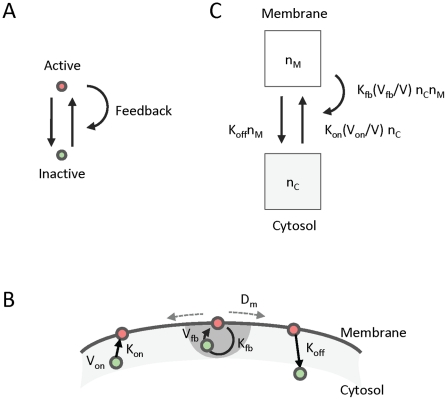Figure 1. Conceptual model of positive feedback.
(A) A simple 2-state model of positive feedback. Signaling molecules can either be in an active (red) or inactive (green) state. Molecules can transition between active and inactive states. Positive feedback occurs because active signaling molecules can recruit inactive molecules to change state. (B) Application of model to cell polarity. Here, active or inactive states correspond to signaling molecule localization on the membrane or cytosol, respectively. Signaling molecules may only be spontaneously activated (with rate  ), or recruited (with rate
), or recruited (with rate  ) if they are within the volumes
) if they are within the volumes  or
or  of the membrane, respectively. Active molecules can spontaneously transition to an inactive state (with rate
of the membrane, respectively. Active molecules can spontaneously transition to an inactive state (with rate  ). (C) Signaling molecule flux between the membrane and the cytosol. The total number of molecules in the membrane and cytosol are denoted by
). (C) Signaling molecule flux between the membrane and the cytosol. The total number of molecules in the membrane and cytosol are denoted by  and
and  , respectively. The volume of the cell is denoted by
, respectively. The volume of the cell is denoted by  .
.

